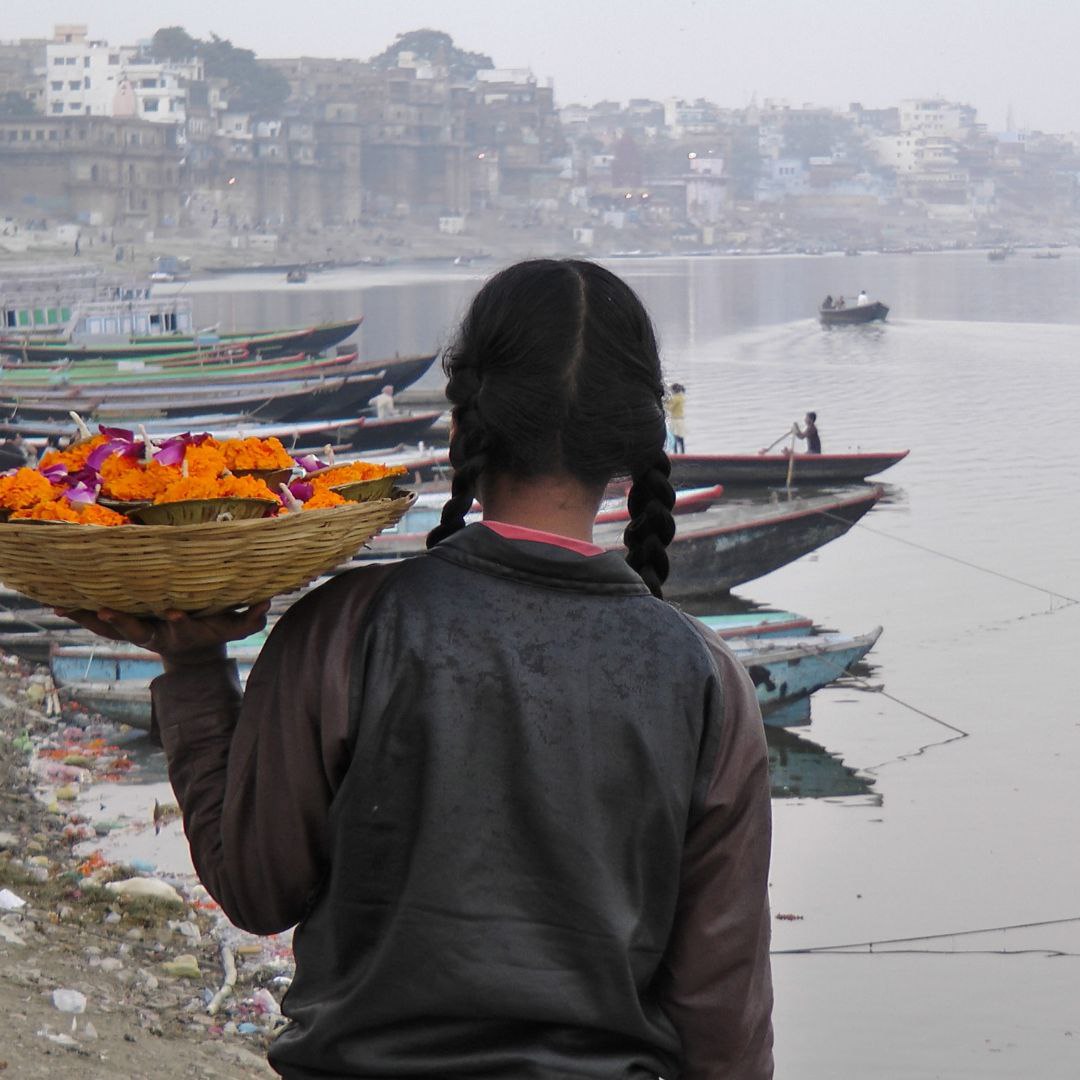
Image Credits: Piqsels (Representation)
DPCC To Study River Yamuna, Delhi Soil For Microplastics Pollution
Writer: Harshitha V
She is currently pursuing my Masters in Media and Communication Studies at Christ Deemed to be University, Bengaluru. She is passionate about writing and pushing my boundaries with words. She is also keen on capturing visuals and emotions and am drawn towards photography. She having studied in the humanities field for five years, media has always been that one field that she would love to plunge deeper into and gain more insight into its functioning.
Karnataka, 20 Dec 2021 9:57 AM GMT
Editor : Ankita Singh |
A literature lover who likes delving deeper into a wide range of societal issues and expresses her opinions about the same. Keeps looking for best-read recommendations while enjoying her coffee and tea.
Creatives : Ankita Singh
A literature lover who likes delving deeper into a wide range of societal issues and expresses her opinions about the same. Keeps looking for best-read recommendations while enjoying her coffee and tea.
The Delhi Pollution Control Committee (DPCC) will be conducting a study to measure the concentration, distribution, and composition of microplastics in the River Yamuna, in addition to soil and food.
The Delhi Pollution Control Committee (DPCC) will be conducting a study to measure the concentration, distribution, and composition of microplastics in the River Yamuna, in addition to soil and food. The government has taken up this study as the first of its kind to measure microplastics pollution. The Committee will also be studying the soil on the floodplains of River Yamuna to test if they are fit for agriculture.
The Yamuna floodplains, stretching 48 kilometers, will be divided into three stretches of 16 kms each for the study: Delhi Segment 1 (Palla to Wazirabad), Delhi Segment 2 (Wazirabad to Nizamuddin Bridge), and Delhi Segment 3 (Nizamuddin Bridge to Okhla), according to the terms of reference prepared by the DPCC as reported by the Mint.
A question raised by an MP in the parliament concerning the microplastics pollution in the River Ganga led to the initiative to test the same in River Yamuna was brought up as per a DPCC official. River water is a prime source of agriculture and consumption, if the microplastic levels are high, might prove to be life-threatening to humans and other creatures both on land and water.
Pollution In River Yamuna
The Yamuna is one of the most important rivers in the country and is polluted with various contaminants and heavy metals. The study will be looking deeper into the effects of these contaminations on a larger scale. The sampling for the study will be taken up from ten points along the river course in summer, monsoon, and winter.
The results from the study of River Ganga reflected alarming numbers as microplastics were found in all the samples collected. "Compared to the concentration of microplastics in rivers such as the Rhine in Europe, the Patapsco, Magothy, Rhode in North America, the Elqui, Maipo, Biobio, and Maule in South America, the pollution is much higher in the Ganga," according to a report by Dr Mahua Saha, a senior scientist at the National Institute of Oceanography, Goa, and his team as reported by Devdiscourse.
What Are Microplastics?
Microplastics are fragments of any plastic less than five millimeters, according to the US National Oceanic and Atmospheric Administration and the European Chemicals Agency. They enter ecosystems from a variety of sources, including clothing, cosmetics, and industrial processes. Previous studies have shown that microplastics carry bacteria that are pathogenic to human and natural biota, and can enrich antibiotic-resistant genes in the body.
The various compounds and additives used in the production of plastics are toxic. Microplastics may also have carcinogenic properties which can potentially cause cancer. They can also mutate, implying that they can damage DNA. While the impacts of microplastics keep rising by number, the initiative to reduce them is the need of the hour.
Also Read: Telangana To Check Effectiveness Of Online Education After Over 50% Fail Class 11 Exams
 All section
All section













